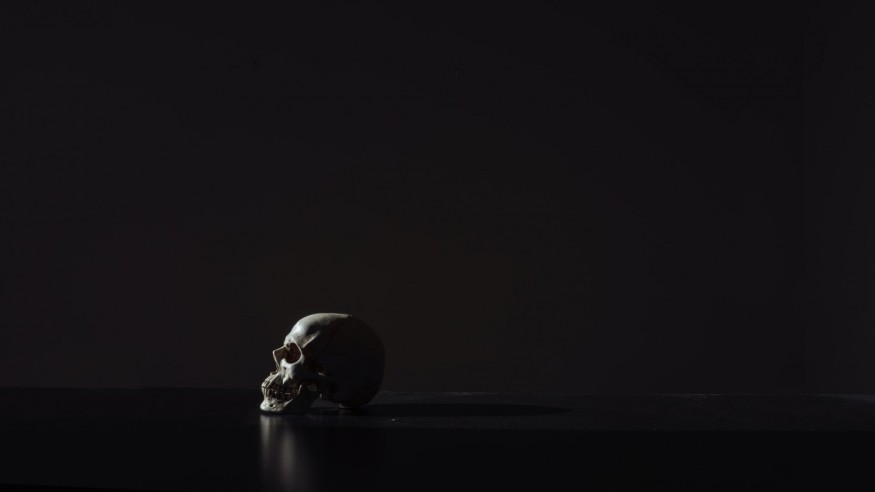An extended, cylinder form cranium with a suspected steel insertion might be the oldest known of an archaic medical transplant from Peru, or it might also be a contemporary forgery.
The cylindrical form of the cranium, is not uncommon, since Peruvians were renowned in olden history to crush kid's skulls with chains throughout growth to acquire the peculiar structure; which was presented to the Gallery of Osteology in Oklahoma City.
Metallic Implant Evidence to Ancient Surgery?

According to an anthropology faculty member at Tulane University in Louisiana, John Verano's statement Live Science he remains extremely skeptical towards to legitimacy of the discovery, pointing to the metallic insertion potentially becoming a contemporary counterfeit regardless if the cranium is genuine
The Museum of Osteology, which has uploaded multiple photos of the cranium on its social media account, has stated that its specialists are unable to confirm the legitimacy of the steel insertion at this stage.
On the other hand, Kent Johnson, an anthropology specialist at SUNY Cortland, agreed that the metallic transplant may be genuine but that further testing is required.
While Verano discusses heads in the article that allegedly housed metallic augmentations, however they were presumably counterfeit or the steel might not have been a medical insertion at all and was simply utilized as a funerary sacrifice. Aside from this possible transplant, the skull features a cavity under the titanium that was presumably made by scarification.
Numerous different researchers notified Live Science that it's conceivable the steel augmentation is authentic, though it's excessively soon to determine till more assessments are done.
Because metallic materials innovation ranged all across Andes at the period, Kurin believes that experiments on the steel in the cranium could lay emphasis on where it was created.
"It would also be beneficial to have the cranium X-rayed to see if the metal prongs is wrapping a surgical excision opening and/or a fully accessible cranial breakage."
The Discovery of Con-Shape Skull and Possible Metallic Implant
As per to the researchers, in any case, additional empirical investigations will be required until a definitive conclusion can be reached about if the insertion is genuine.
The metallic transplant in this cranium, on the other hand, is exceedingly uncommon and, if real, might be a one-of-a-kind find from the historic Andean culture.
Furthermore, Kurin believes that there have been a couple incidents prior where, following a scarification, a fragment of the human's skeleton or a gourd was inserted in the opening that was carved out.
Live Science spoke with numerous researchers who were not linked with the museum to gather their thoughts on the implant's validity, and their responses were divided. The individual whose skull was retrieve appears to be a mature gentleman who was subjected to a significant traumatic injury to the right side of the skull, this is in consideration on the breakage formations, this guy
Verano analyzed six Andean skulls supposedly containing steel augmentations and presented a study on the subject in the International Journal of Osteoarchaeology in 2010.
Kurin, in an update to the media said that he believes that the discovery is one that made up to create the cranium a more precious collector's items, pointing out that the metal prongs appear to have been thinly pounded into structure in the photos.
At this time, it is unclear when the cranium will be tested.
© 2025 NatureWorldNews.com All rights reserved. Do not reproduce without permission.





